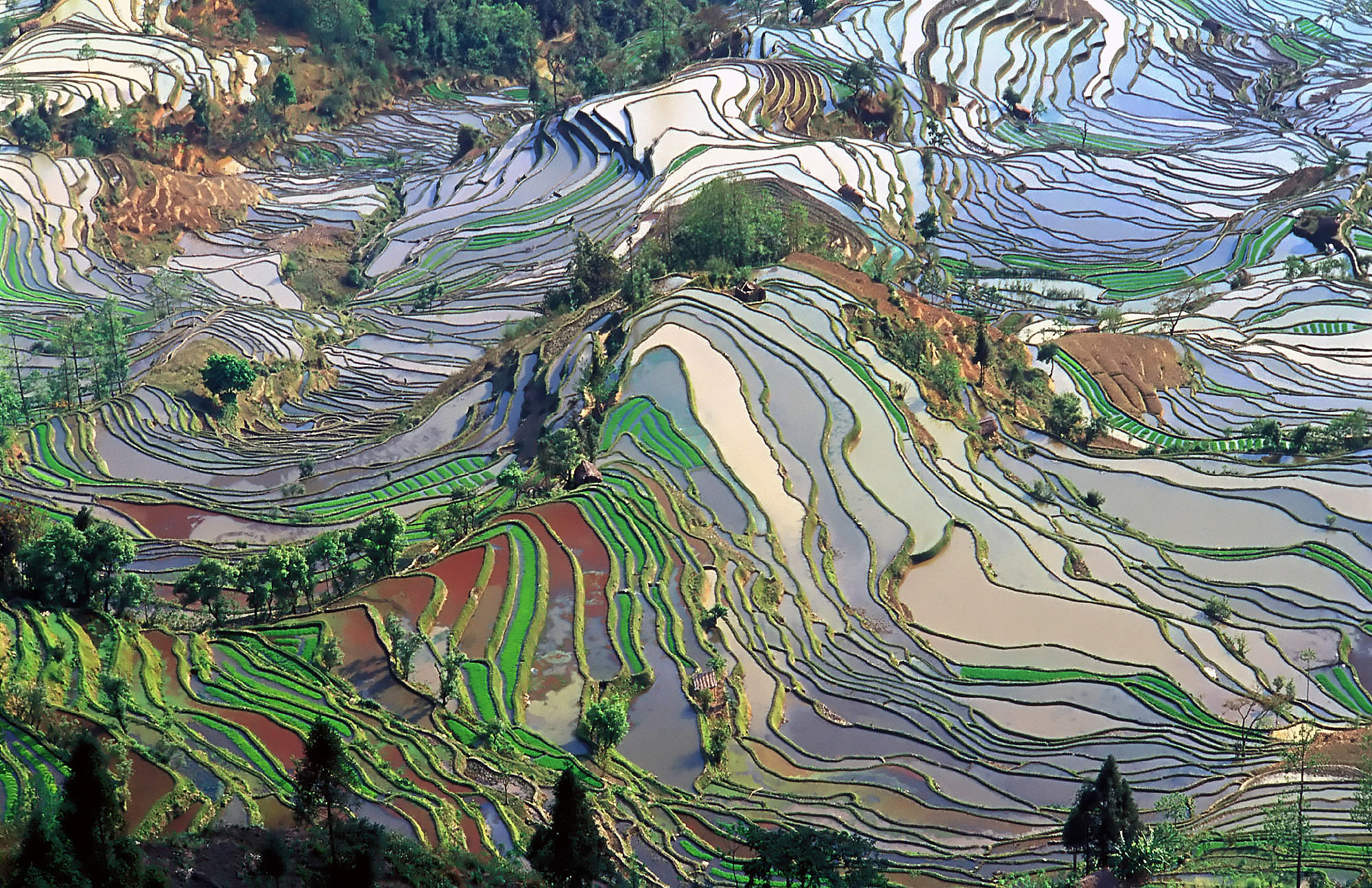
It all started with the big discovery of a gene that allows a certain variety of rice to survive flooding for long periods of time. You probably heard about it before - 'scuba rice' was all over the news a little while ago.
Since then, the International Rice Research Institute (IRRI) has introgressed this natural allele from a somewhat obscure genotype to an elite "mega" variety, Swarna, which is currently grown on six million hectares in India.* It took 25 years for this elite variety to reach this acreage - the scientists are hoping that their new version of it, Swarna-Sub1, will reach this same popularity in 5 years!
Swarna-Sub1, thanks to this new allele, can survive completely submerged for 17 days. It does this by slowing its growth when flooded, allowing it to conserve its energy until the water subsides, when it begins growing again. When subjected to flooding, Swarna-Sub1 can produce an extra ton of yield per hectare over Swarna.
New variety releases generally require 4-5 years of field testing plus 2-3 years of seed multiplication and distribution before farmers are first able to plant it. The Swarna-Sub1 release required one fewer year of field testing since the parent genotype was already well-characterized. Additionally, IRRI decided to try an initial small targeted release of seed to especially flood-prone locations - instead of taking 2-3 years to build up enough seed for a mass distribution. IRRI furthermore worked with government agencies and private seed companies to help multiple and distribute seeds quickly as 5 kg "minikits."
Since the initial release in August 2009, this variety has been adopted by 100,000 farmers in India. Technological diffusion usually travels extremely slowly in this flood-prone, low-yielding region, but thanks to a great product and innovative logistics, this submergence-tolerant variety is now helping farmers to feed themselves and their county.
h/t: Plant Breeding News
*not to be confused with "shawarma" ;)

Oooh, that's exciting!
ReplyDelete